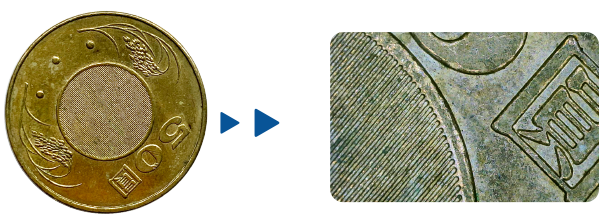Small, or Even Smaller?
When we look at objects with our eyes, we can only see limited detail. So, when we need to examine things closely, especially when it comes to artifacts, we use microscopes. If we want to see the fine details or small cracks on the surface of an object, we use an optical microscope. If we need to analyze the composition of materials, we use a scanning electron microscope (SEM) and an energy dispersive spectroscopy (EDS). Through these microscopes, we can discover any damage to artifacts and understand why it happened. This helps us plan how to preserve and repair them.
Here's a Comparison of What Different Microscopes Can See
| Unit | Symbol | Unit Conversion |
| Meters | m | 1 meter = 1m |
| Millimeter | mm | 1 millimeter is equal to one-thousandth of a meter, which is 0.001 meters or 10-³m |
| Micrometer | μm | 1 micrometer is equal to one-millionth of a meter, which is 0.000001 meters or 10-⁶m |
| Nanometer | nm | 1 nanometer is equal to one-billionth of a meter, which is 0.000000001 meters or 10-⁹m |
Decoding "Bust of a Maiden" at Close Range
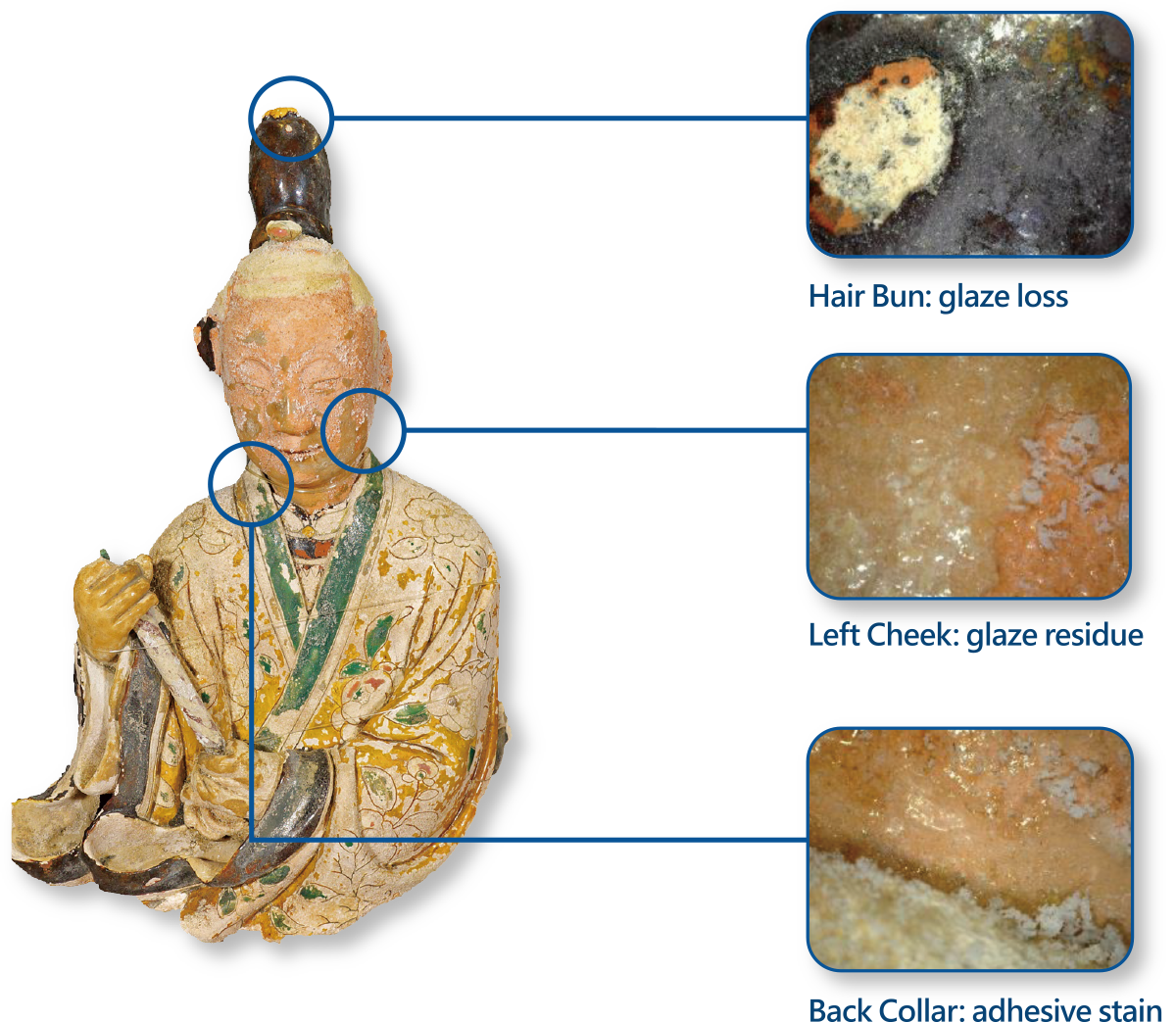

Using an optical microscope with magnification ranging from 50x to 100x,
how does the image observed on a tablet differ from what the naked eye sees?
-
Ceramic (White Part)
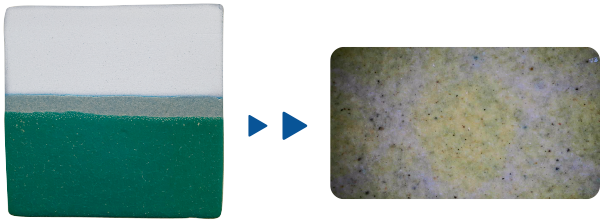
-
Wood
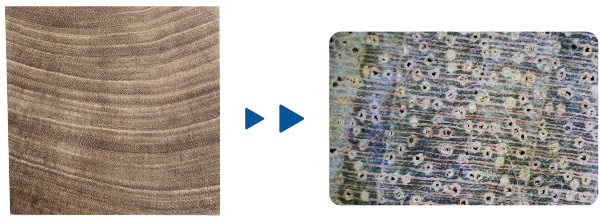
-
Porcelain (Red Part)
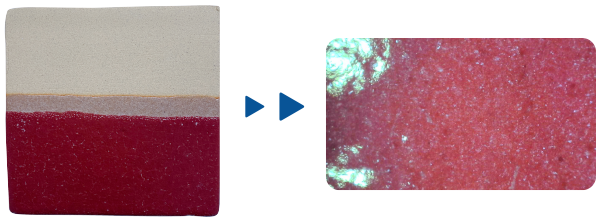
-
Glass
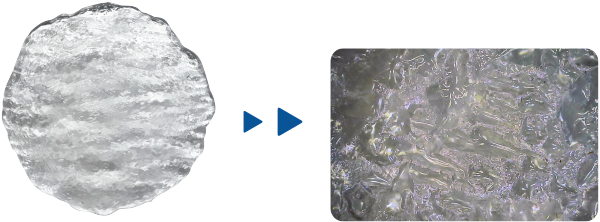
-
Coins
